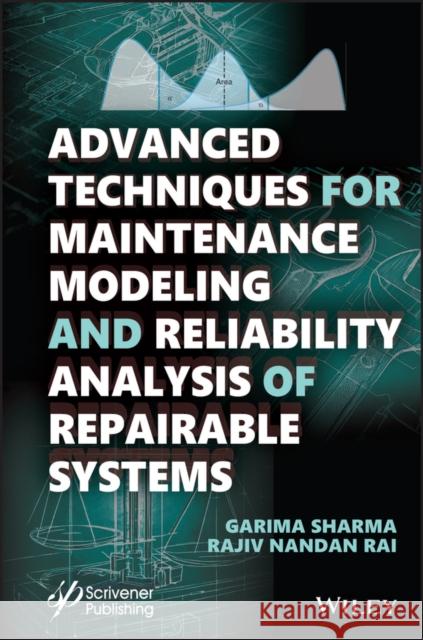Advanced Methods for Reliability Modelling and Analysis of Repairable Systems » książka
Advanced Methods for Reliability Modelling and Analysis of Repairable Systems
ISBN-13: 9781394174430 / Angielski / Twarda / 2023 / 400 str.
ADVANCED TECHNIQUES FOR MAINTENANCE MODELING AND RELIABILITY ANALYSIS OF REPAIRABLE SYSTEMS This book covers advanced models and methodologies for reliability analysis of large, complex, and critical repairable systems that undergo imperfect maintenance actions in industries having MRO facilities and also covers real-life examples from the field of aviation. The content presented in this book is inspired by the existing limitations of the generalized renewal process (GRP) model and the problems confronted by the maintenance, repair, and operations (MRO) facilities in industries dealing with large and complex repairable systems. Through this book, the authors have attempted to equip the MRO facilities with more advanced scientific tools and techniques by addressing various limitations related to the reliability analysis of repairable systems. The book is dedicated to various imperfect maintenance-based virtual age models and methodologies to bridge various research gaps present in the available literature. A summary of deliverables is as follows: Presents the basic concepts of maintenance and provides a virtual age model that can accommodate all maintenance; Provides the basic concepts of censoring in repairable systems along with the concept of black box and failure modes. Also highlighted is how the proposed work will be useful for industries conducting failure modes and effect analysis (FMEA) and estimating the mean residual life (MRL) of repairable systems; Presents methodology that applies risk-based threshold on intensity function and provides a threshold to declare the system/component as high failure rate components (HFRCs); Identifying a system as HFRCs is an important task, but for an industry dealing with critical systems, preventing the system from being HFRC is more important, since the risk involved in such systems would be very high. Thus, the book presents a progressive maintenance policy (PMP) for repairable systems; Focusses on qualitative analysis of repair quality. Assuming repair quality as a subjective variable, the authors have presented various factors that affect the repair quality most and modeled their interdependency using Bayesian networks (BN). Audience Professional reliability engineers, reliability administrators, consultants, managers, and post-graduate students in engineering schools. The book belongs to any engineering, technical, and academic institution concerned with manufacturing, production, aviation, defense, and software industries.











